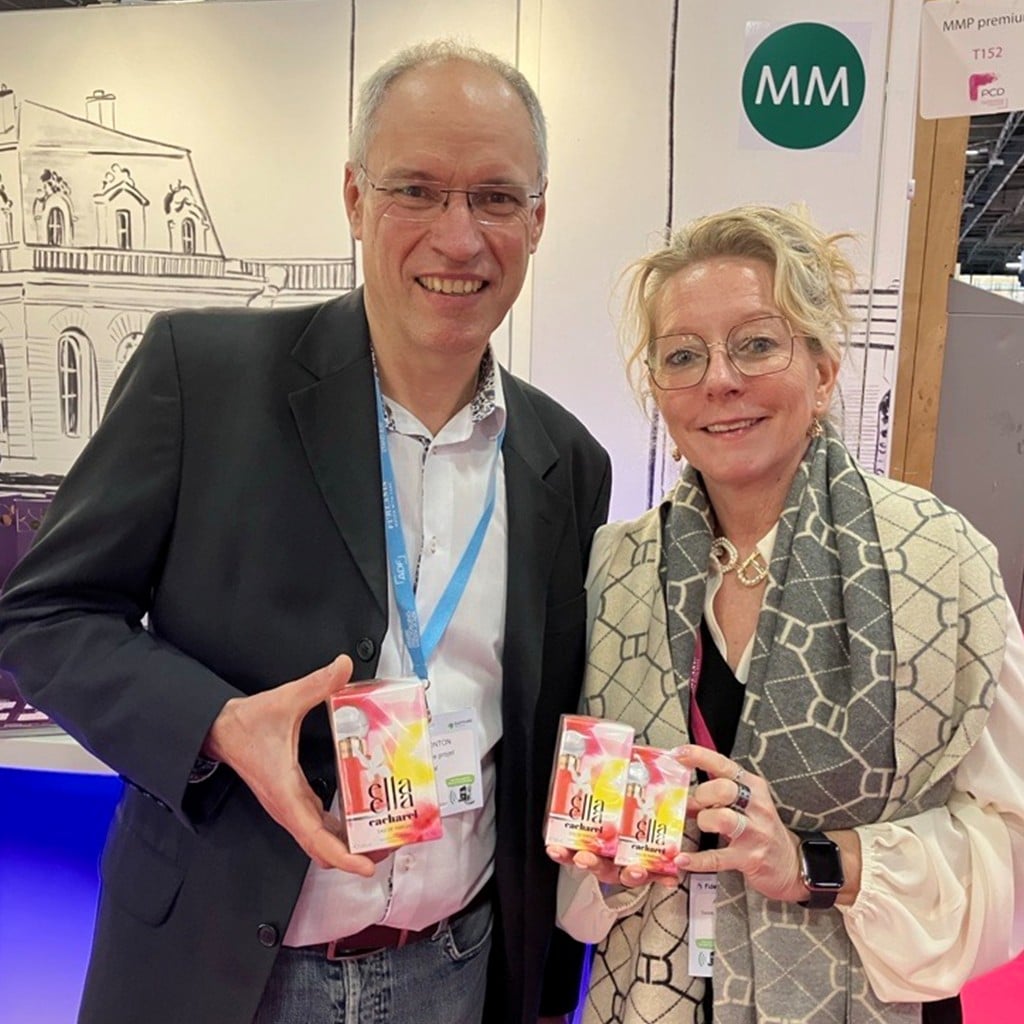A 12,500-person-strong innovation department
MM has realigned its innovation management strategy to create the packaging solutions of the future. The company is getting all its employees involved and energised by inviting them to contribute their own ideas.
Many roads lead to innovative ideas. It often starts with an inspiring customer briefing session, or with targeted market research, or maybe an idea that pops up during a trip to the supermarket or when the next e-commerce product is delivered. It is the job of Andreas Macku and his team to direct, prioritise and implement the many ideas and approaches within a large organisation. He has been responsible for directing the many strands of innovation at MM Packaging for several months now. “But you can’t think of it as just two or three people sitting in a dark basement trying to develop something,” Andreas Macku explains. He tries to harness the creativity and imagination of all employees as much as possible to create novel packaging solutions.
Everyone is encouraged to put their thinking caps on at WE.INVENT
“Every idea counts and we want everyone to be involved,” Andreas Macku continues. “That’s why we’ve introduced we.invent, a Group-wide platform for collecting and sharing ideas.” For the first time in MM’s history, more than 12,500 employees were actively called upon at the end of 2021 to submit their own ideas via the new platform. Fantastic prizes are awarded for the best ideas.
Employees are also involved in coming up with innovations on a smaller scale. As Andreas Macku explains: “We’ve also gone into supermarkets and looked at how certain products are packaged. We then used an internal employee survey to gather suggestions for a more attractive alternative that was also 100 per cent recyclable.”
From idea to market maturity
When creating the first prototypes, Andreas Macku and his team have to consider many points to find the optimal solution, including, “finding the right materials for each application, determining which design to use, selecting the right mode of transport and thinking about how the customer will open the packaging. We work concurrently with our expert colleagues in production to determine how the product can be manufactured and the kinds of costs involved. And we evaluate how much more recyclable this solution is compared with what is currently on the market.”
Then the critical final phase comes into play, which involves working with the customer and scheduling packaging tests. “During this process, we test how the packaging is handled in real-life situations to answer questions such as: how quickly can it be filled? Does it work well with transport containers?” If everything goes smoothly, then market launch is good to go.
Always room for improvement
“I believe that a packaging project is only complete when I can buy it in a store as a consumer,” says Andreas Macku, although he doesn’t seem to be able to close off the project even at this point. “That’s when we become very self-critical and pay special attention to how something looks and start to consider how it can be optimised for use in other applications – because it might work well for one product but even better for another.”
In the pipeline
Twister system
Question: how can you reduce the amount of plastic in an advent calendar? Answer: by replacing the plastic tray inside with a cartonboard solution that has already been developed by MM. A flat piece of cartonboard is cut in such a way that, when pressed, spiral-shaped hollows are formed which hold the pieces of chocolate in the correct position. “It’s an ingenious idea that I can definitely see working for other products,” Andreas Macku explains.
Already on supermarket shelves
Chocolate boxes for the European market
A large confectionery manufacturer was looking for a unique packaging solution for its chocolates. As many as 20 people from the MMP Innovation Network worked with the machine manufacturer and the customer to test carton types, construction perforations and gluing methods to create the perfect packaging solution. After several months of development and fine-tuning, the new packaging was ready and is now being produced for the entire European market.


